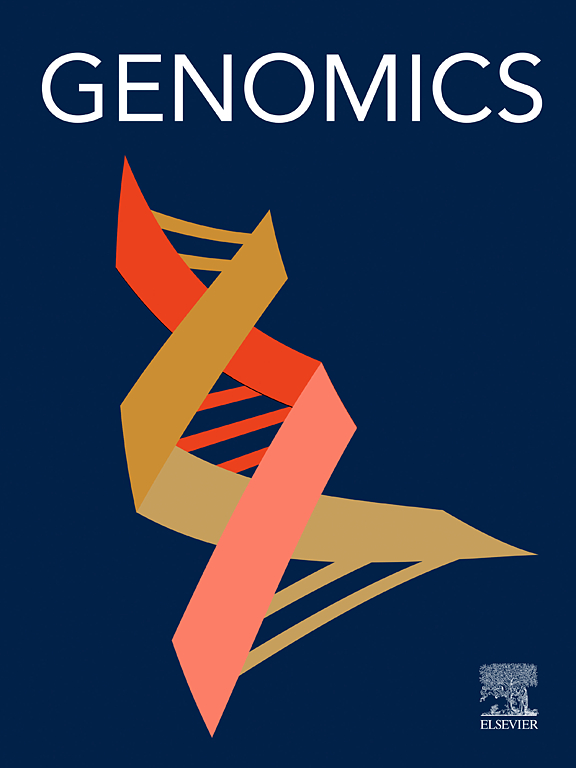织金白鹅胸肌和腿肌m6A甲基化的差异:肌肉发育的表观遗传学见解。
IF 3
2区 生物学
Q2 BIOTECHNOLOGY & APPLIED MICROBIOLOGY
引用次数: 0
摘要
家禽肌肉生长是一项重要的经济性状,受包括环境、营养和遗传因素在内的多因素调控。n6 -甲基腺苷(m6A)修饰是最丰富的RNA修饰形式,已在各种家禽组织中被发现。然而,在鹅肌肉发育过程中m6A的修饰谱仍然知之甚少。本研究利用MeRIP-seq和RNA-seq对直金白鹅胸肌(n = 5)和腿肌(n = 5)的m6A修饰谱进行了分析。从安乐死后体重相近的6月龄健康雄鹅中采集样本。在肌纤维形态(横截面积、直径、密度)、肌内脂肪含量和m6A水平上,乳房和腿部肌肉之间存在显著差异(P本文章由计算机程序翻译,如有差异,请以英文原文为准。
Differential m6A methylation landscapes in breast and leg muscles of Zhijin white geese: Epigenetic insights into muscle development
Muscle growth is a crucial economic trait in poultry, influenced by a combination of environmental, nutritional, and genetic factors. N6-methyladenosine (m6A) modification, the most abundant form of RNA modification, has been identified in various poultry tissues. However, the m6A modification profiles during goose muscle development remain poorly understood. In this study, we characterized m6A modification profiles in breast (n = 5) and leg (n = 5) muscles of Zhijin white geese using MeRIP-seq and RNA-seq. Samples were collected from healthy 6-month-old male geese of similar body weight after euthanasia. Compared to breast muscles, leg muscles exhibited significant differences in muscle fiber morphology (cross-sectional area, diameter, and density), intramuscular fat content, and overall m6A levels (P < 0.001). Leg muscles exhibited upregulation of m6A regulators (including ALKBH5, METTL14, METTL16, and ZC3H13) (P < 0.05) and showed predominant m6A peaks in coding sequences (CDS) and 3′UTRs, with conserved RRACH motifs. Compared with breast muscles, 78 differentially methylated genes (DMGs) were identified by MeRIP-seq, including 43 hyper-methylated and 35 hypo-methylated genes in leg muscles. Integrated analysis with RNA-seq revealed 11 overlapping DMGs, comprising 7 hypo-methylated and 4 hyper-methylated genes. Kyoto Encyclopedia of Genes and Genomes (KEGG) pathway analysis indicated that these DMGs were significantly enriched in neuroactive ligand–receptor interaction, glycosaminoglycan biosynthesis, and regulation of actin cytoskeleton. Furthermore, we identified LGI1, CDK18, and LPAR2 from the significantly enriched pathways as potential candidate genes influencing muscle development. This study provides a theoretical foundation for further investigation into the regulatory role of m6A modification in goose muscle development.
求助全文
通过发布文献求助,成功后即可免费获取论文全文。
去求助
来源期刊

Genomics
生物-生物工程与应用微生物
CiteScore
9.60
自引率
2.30%
发文量
260
审稿时长
60 days
期刊介绍:
Genomics is a forum for describing the development of genome-scale technologies and their application to all areas of biological investigation.
As a journal that has evolved with the field that carries its name, Genomics focuses on the development and application of cutting-edge methods, addressing fundamental questions with potential interest to a wide audience. Our aim is to publish the highest quality research and to provide authors with rapid, fair and accurate review and publication of manuscripts falling within our scope.
 求助内容:
求助内容: 应助结果提醒方式:
应助结果提醒方式:


